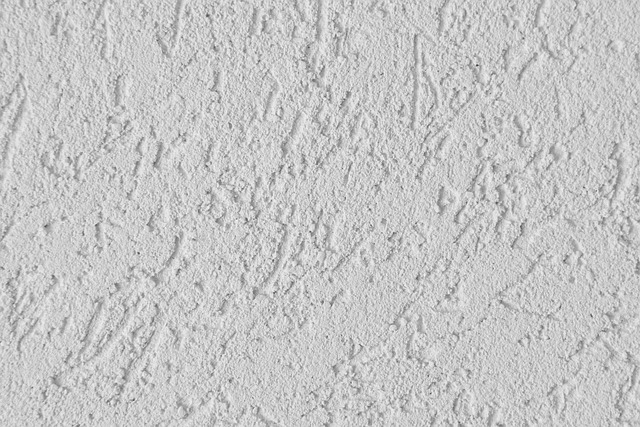Throughout history, stucco has been a versatile and enduring building material, known for its unique blend of beauty and practicality. This classic finish has adorned structures across different cultures and eras, standing the test of time with its exceptional durability and aesthetics. In this blog post, we will explore the basics of stucco, its composition, application, and the numerous benefits that make it a preferred choice for both modern and traditional buildings.
1. Understanding Stucco:
Stucco is a type of cement-based plaster commonly used as an exterior finish for buildings. It is made from a mixture of cement, sand, water, and sometimes lime or acrylic additives. This blend creates a durable and weather-resistant coating that can be applied to various surfaces, providing a smooth or textured finish.
2. The Application Process:
The application of stucco involves several steps. First, a metal lath is attached to the building’s exterior to create a solid base. Next, the stucco mixture is prepared and skillfully applied to the lath in multiple coats. The initial coats are known as the scratch coat and the brown coat, which provide the foundation and thickness of the finish. Finally, the topcoat, known as the finish coat, is applied to achieve the desired texture and appearance.
3. Versatility and Aesthetics:
Stucco offers incredible design versatility, allowing architects and homeowners to create an array of textures and finishes. It can be troweled smooth, giving a clean and contemporary look, or textured for a more rustic and traditional appeal. Furthermore, stucco can be painted in various colors, making it easy to match any architectural style or design vision.
4. Weather Resistance:
Stucco’s exceptional weather resistance is one of its key attributes. When properly applied and maintained, stucco can withstand the harshest elements, including rain, wind, and sun. Its breathability allows moisture to escape, preventing issues such as rot and mold.
5. Fire Resistance:
Due to its cement-based composition, stucco has inherent fire-resistant properties. It can help contain fires and prevent them from spreading to the building’s interior, providing valuable time for occupants to evacuate and for firefighters to respond.
6. Low Maintenance:
Stucco is relatively low-maintenance, making it an attractive option for building exteriors. Occasional cleaning and repairs, if necessary, are generally sufficient to keep stucco looking fresh and well-preserved.
7. Energy Efficiency:
Stucco’s thermal mass contributes to the building’s energy efficiency. It helps regulate interior temperatures by absorbing heat during the day and releasing it at night, thus reducing heating and cooling costs.
8. Longevity and Value:
Stucco’s durability ensures that buildings with this finish can maintain their charm and integrity for decades. Its ability to withstand wear and tear adds value to the property, making it an excellent long-term investment.
Conclusion:
Stucco is more than just a building material; it is an enduring testament to the marriage of practicality and aesthetics. From ancient civilizations to modern architecture, stucco has proven its versatility and ability to stand the test of time. Its unique blend of weather resistance, low maintenance, and design flexibility continues to make it a preferred choice for commercial and residential buildings alike. As contemporary architects and homeowners seek eco-friendly and long-lasting solutions, stucco remains a timeless and reliable option, ensuring that structures are not just functional, but also a work of art that inspires and endures.

